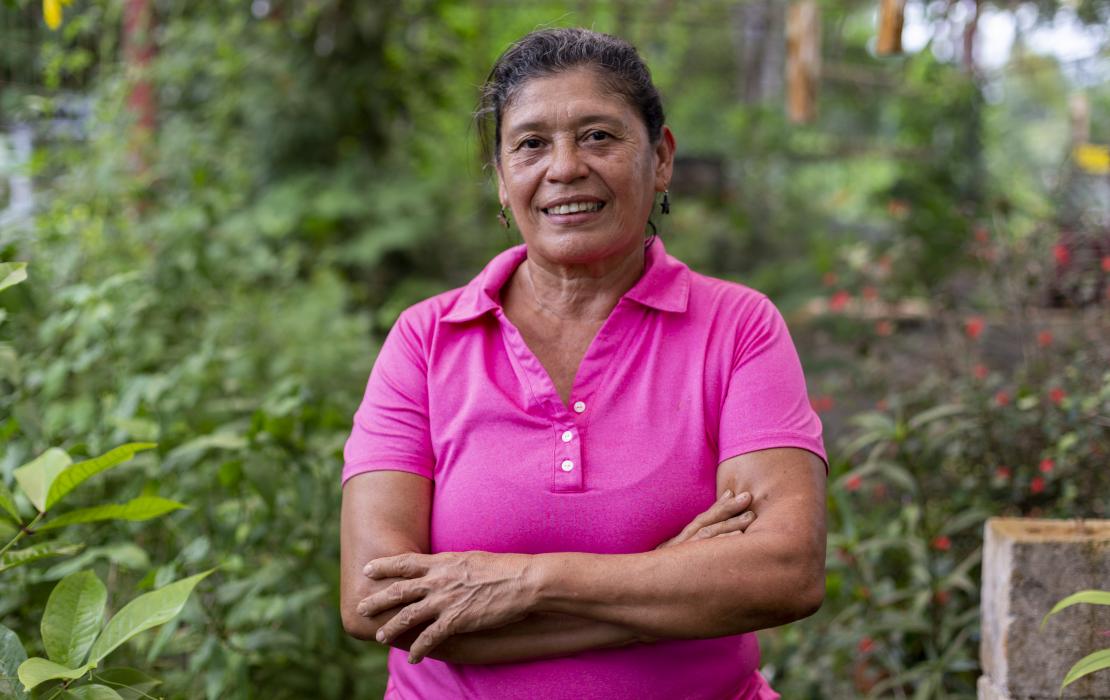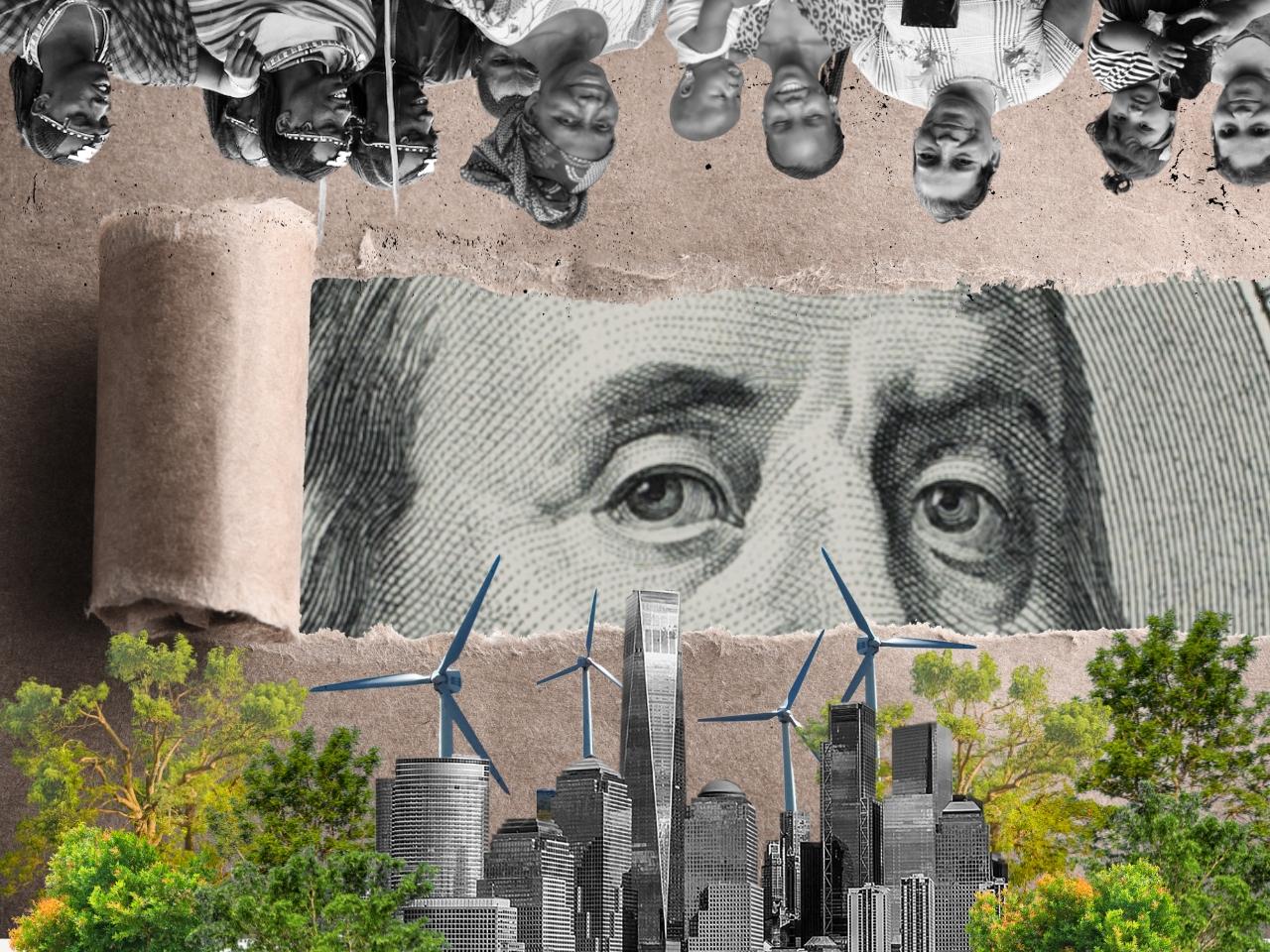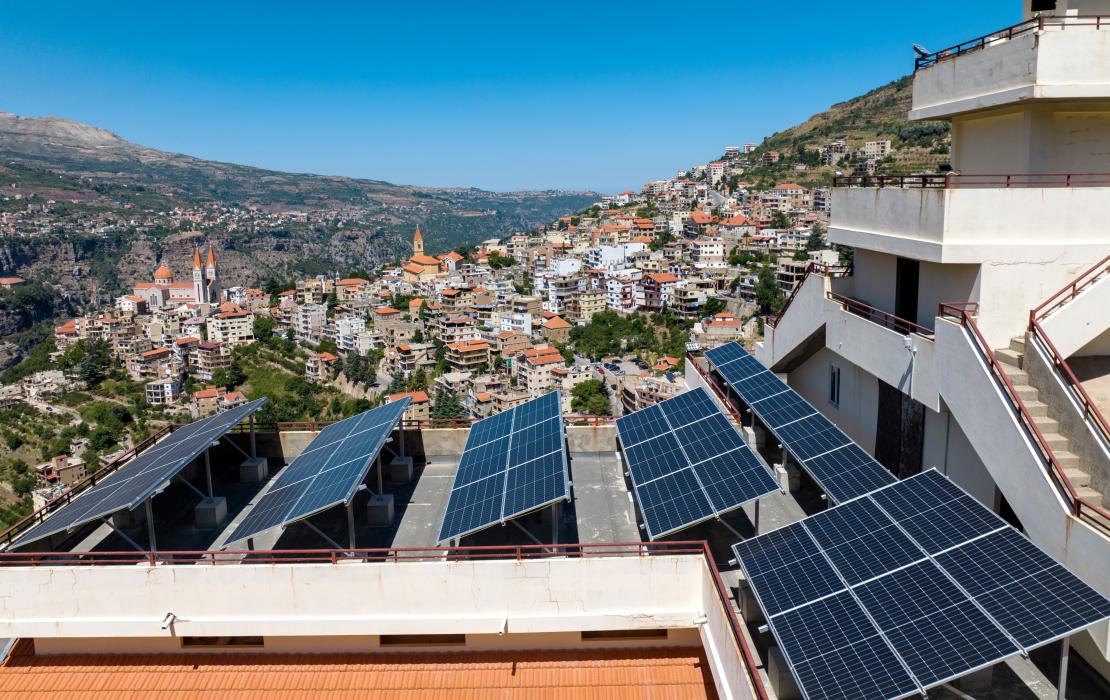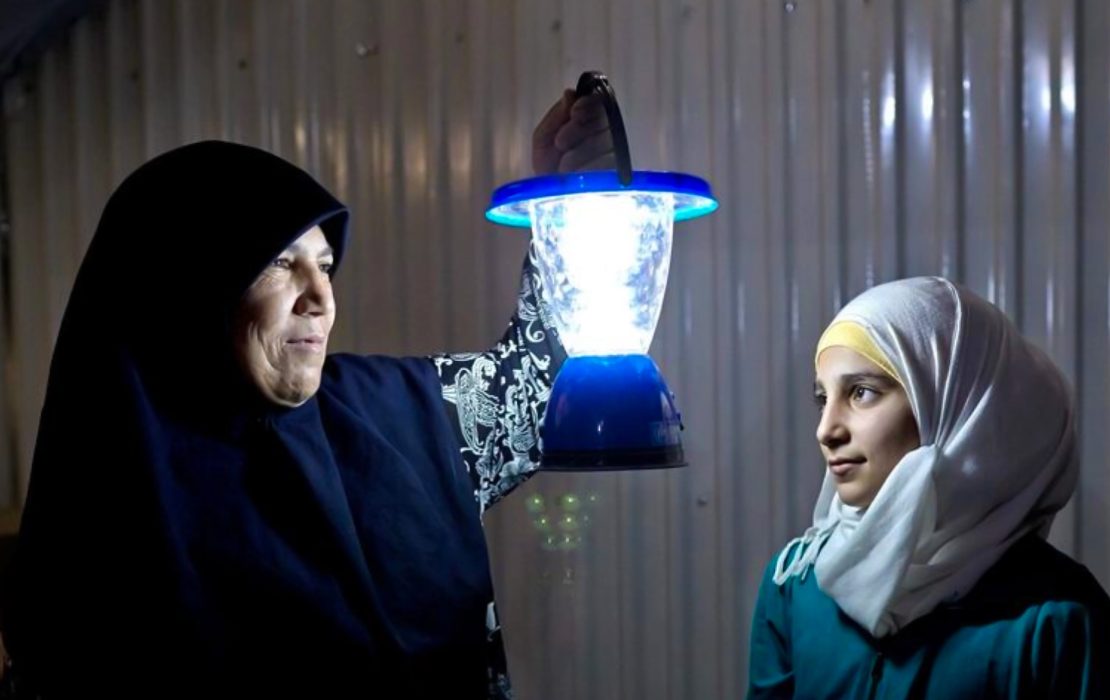
Summary
- Climate finance refers to financial resources and instruments that are used to support action on climate change.
- Examples of climate finance include grants provided by multilateral funds, market-based and concessional loans from financial institutions, sovereign green bonds issued by national governments, and resources mobilized through carbon trading and carbon taxes.
- Investments in climate action can yield results that dramatically outweigh the upfront costs, yet significant funding gap remains to advance the green transition and enhance resilience in developing countries.
- Current financial flows for climate change mitigation need to increase at least three times, if we are to limit global warming to 2°C or below and achieve the Paris Agreement targets.
- UNDP is one of the major entities supporting countries access and effectively use climate finance.
What is climate finance?
Climate finance refers to financial resources and instruments that are used to support action on climate change. Climate finance is critical to addressing climate change because of the large-scale investments that are needed to transition to a low-carbon global economy and to help societies build resilience and adapt to the impacts of climate change.
Climate finance can come from different sources: public or private, national or international, bilateral or multilateral. It can employ different instruments such as grants and donations, green bonds, equities, debt swaps, guarantees, and concessional loans. And it can be used for different activities, including mitigation, adaptation, and resilience-building.
Some multilateral funds that developing countries can access include the Green Climate Fund (GCF), the Global Environment Facility (GEF), and the Adaptation Fund (AF). These funds were established throughout the years as financial instruments of the United Nations Framework Convention on Climate Change (UNFCCC) to provide resources to developing countries.
As the effects of climate change are increasingly being felt in all sectors of the economy, public budgets and other financing vehicles are starting to consider climate risk in their investment decisions, further expanding the definition of climate finance. Countries like the Maldives, for example, consider all finance to be climate finance since their entire economy and survival is so dependent on climate resilience. As such, efforts to pivot traditional development budgets to finance climate action are increasing, especially when it comes to climate change adaptation.
What are some examples of climate finance?
Developing countries can access some of their climate finance in the form of grants from the GEF, the GCF, and the AF. Governments and the private sector can also access market-based and concessional loans from financial institutions such as the World Bank, the African Development Bank, and the Inter-American Development Bank, among others. These grants and loans can be used to invest in projects that reduce, absorb, or prevent greenhouse gas (GHG) emissions, such as renewable energy power plants, electric buses, and forest conservation, or projects that build resilience to climate change such as establishing early warning systems, increasing coastal protection, enhancing the resilience of agriculture and food systems, and building infrastructure that can withstand storms and flooding.
Moreover, governments, through their budgeting processes, can allocate funding to priority climate actions, such as those set out in their national climate pledges (referred to as Nationally Determined Contributions under the Paris Agreement), or issue sovereign green bonds to fund those projects. Sovereign bonds are loans that governments take from a pool of investors in exchange for regular interest payments over a certain number of years. At the end of this period, when the bond reaches maturity, the government returns the initial investment to the investors.
Governments can also mobilize climate finance from carbon trading and carbon taxes. Through carbon trading, GHG emissions are quantified into carbon credits that can be bought and sold. One tradable carbon credit equals one tonne of carbon dioxide, or the equivalent amount of a different GHG reduced, sequestered, or avoided. Carbon credits can be bought by countries or private companies that want to enhance their GHG emissions reduction efforts. Carbon taxes are typically applied to discourage the use of products and services with big carbon footprints. For instance, a tax can be applied on gasoline at the pump or on electricity generated from fossil fuels. Proceeds from these taxes can be used to invest in renewable energy, forest conservation, and other forms of climate action.

Photo by Priscilla Mora / UNDP Costa Rica

Photo by Jilson Tiu / UNDP Philippines
Why is finance important for climate action?
Through their Nationally Determined Contributions (NDC), Long-term Climate Strategies (LTS), and National Adaptation Plans (NAP), countries have put forward ambitious targets to reduce GHG emissions and increase their resilience to climate change impacts.
However, a recent analysis by UNDP shows that finance remains a fundamental barrier to the acceleration of climate action in developing countries. Climate action requires a large amount of investment and many lower- and middle-income nations are simultaneously managing debt distress and multi-dimensional crises.
High-income countries with a significant historical contribution to climate change had committed to raising US$100 billion every year by 2020 to fund climate action in lower-income countries. However, this target has not yet been reached and even more funding is required to advance the green transition and enhance resilience in developing countries.
But recent studies show that investments in climate action can yield results that dramatically outweigh the upfront costs. A study by the Global Commission on Adaptation found that every $1 invested in five key adaptation areas could yield $2-10 in total net benefits. At the same time, there are significant opportunities for the private sector, with an estimated potential adaptation market of $2 trillion by 2026, according to the World Economic Forum.
How much financing is needed to implement the targets of the Paris Agreement?
As of 2021, financing needs identified in the NDCs of 78 countries amount to around $5.8 trillion until 2030, or about $600 billion per year, according to an analysis by UNFCCC. This doesn’t include the investment that developed countries must make to reduce their carbon emissions and the huge expenses that governments incur to address the impacts of extreme weather events such as floods, droughts, and wildfires caused by climate change. This particular type of expense is being considered separately under the funding mechanism for loss and damage which was agreed by countries at COP27 in 2022.
The total global flows of climate finance, counting both private and public, domestic and international, was $640 billion as of 2020, nearly half of which was invested in East Asia and the Pacific. This figure exposes a large gap between what’s required and what’s actually being delivered, especially when considered within the wider financial system, against other types of flows. For instance, total fossil fuel subsidies amounted to $7 trillion globally, as of 2022.
According to the latest assessment report by the Intergovernmental Panel on Climate Change (IPCC), current financial flows for climate change mitigation need to increase between three and six times to meet average annual needs between 2020 and 2030, if we are to limit global warming to 2°C or below. Importantly, the IPCC notes there is sufficient global capital and liquidity to close this investment gap. The situation is even more critical when it comes to adaptation, as 90 percent of climate finance goes to mitigation actions, despite the strong economic rationale to invest in adaptation.

Visual by UNDP Climate Promise
What is UNDP doing to support countries on accessing climate finance?
UNDP is one of the major entities supporting countries access finance from international sources, such as the GEF and the GCF. There are currently 377 GEF projects and 60 GCF projects under UNDP oversight, totaling $3.5 billion.
UNDP also supports countries in developing national financing strategies that mobilize public and private finance for climate action and issuing bonds to raise funds for projects that contribute to implementing their NDCs and achieving the Sustainable Development Goals (SDGs).
- In Uruguay, UNDP supported the government to issue a sovereign bond aligned to climate targets and indicators in the country’s NDC.
- The Green Sukuk initiative in Indonesia, which pioneered a type of Islamic bond, is already helping tackle urban waste management issues by financing the revitalization of landfills.
- In Tunisia, UNDP supported the National Agency for Energy Management create an investment map for both public and private investments in the energy sector.
- And in Lebanon, the newly launched Lebanon Green Investment Facility (LGIF) will help channel private investments and promote blended finance mechanisms such as concessional loans, guarantees, and grants from international financial institutions and development banks for climate projects.
- As a core member of the Adaptation Pipeline Accelerator initiative launched by the UN Secretary General, UNDP is also supporting Tuvalu and the Dominican Republic to scale up adaptation finance by developing projects that are attractive for public and private investment.
In parallel, UNDP works with governments to create an enabling environment for climate finance. This may take the form of initiating policy and regulatory reforms, improving readiness for engaging in Article 6 of the Paris Agreement, reviewing public and private expenditures, building capacity on increasing climate finance, and fostering engagement with the private sector.
- UNDP supported Namibia develop a carbon market framework to attract foreign investments through carbon credit sales. In addition, this collaboration introduced the first national carbon registry system for carbon credit registration and issuance in Southern Africa.
- In Latin America and the Caribbean, the adoption of the Taxonomy Common Framework will serve as a key catalyst for boosting international capital flows towards low-carbon projects.
- Through the Climate Finance Network, UNDP has helped develop tools for Climate Public Expenditures and Institutional Review and Climate Budget Tagging. These tools are currently supporting the Philippines to include gender and social inclusion considerations into the climate expenditures tracking system.
- UNDP’s approach for assessing investments and financial flows has also been used around the world, including in Thailand, to understand what is needed to “climate proof” transport infrastructure.
- In Armenia, the Carbon Pricing possibilities in Armenia study has laid the foundation for the country to engage in carbon markets.

Photo by James Lewis/TCAP/UNDP

Photo by Fouad Choufany/UNDP Lebanon
Looking ahead
Finance will continue to be at the heart of the climate change debate for the foreseeable future. It is dominating all the forums where heads of states meet, including the G7 and G20, as well as through important efforts like the Bridgetown Initiative. The call for major economies to shoulder their fair share of responsibility, particularly in the areas of loss and damage financing, debt restructuring and relief, and adaptation financing is getting louder. As catastrophic climate events are becoming more frequent, the need for substantial financial commitments to support vulnerable nations in their fight against climate change has reached a critical juncture.
UNDP remains committed to assisting countries in accessing and effectively using climate finance. By helping nations identify their financial requirements and mobilize resources through innovative mechanisms such as green bonds, carbon markets, climate risk insurance, and debt swaps, UNDP will continue playing a pivotal role in the global effort to combat climate change.

